Across the United States, hundreds of thousands of miles of state and national trails are built and maintained by a mostly invisible workforce. A lot of thought and effort goes into making these trails look and feel natural and comfortable to visitors.

Trail crews are called upon not only to make attractive and functional paths but also to reduce the appearance of human intervention. In practice, this means that part of their job is to remain as invisible as possible and erase signs of their own creative process along the way.
The Velvet Hammer
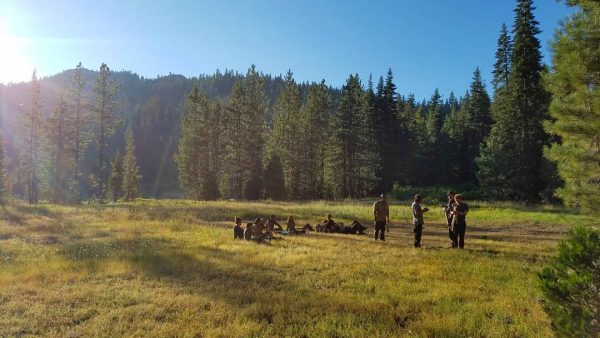
Mike McFadin, a USFS Wilderness & Trails Supervisor in Northern California, uses something he calls the “Velvet Hammer” as an aid to introduce new crews to the “Leave No Trace” ethos of these operations. The basic idea behind this teaching device is that crews inevitably have an impact on the environment, “but it is up to them to individually soften the blow and reduce the visual record of their actions.”
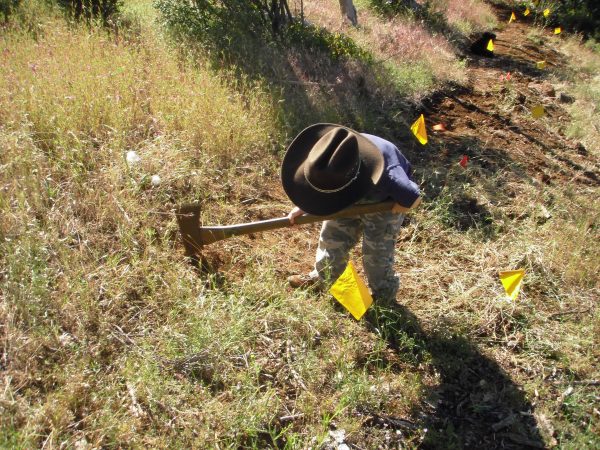
McFadin illustrates the approach using an example: “When I go through and mark a new route I may flag certain bushes and shrubs as ‘do not touch’ features.” As the crew moves through and builds that trail, they may end up with a 10-foot-wide impact corridor that is then rehabilitated down to an 18-inch-wide trail. Those preserved features then help to make the area around the trail appear older.

Trail makers have a toolbox of similar tricks to give a newly finished (or freshly revamped) trail the appearance of being more natural. For instance, they may replant older shrubs every 10 feet or so along the edge of the trail, adding to apparent age.
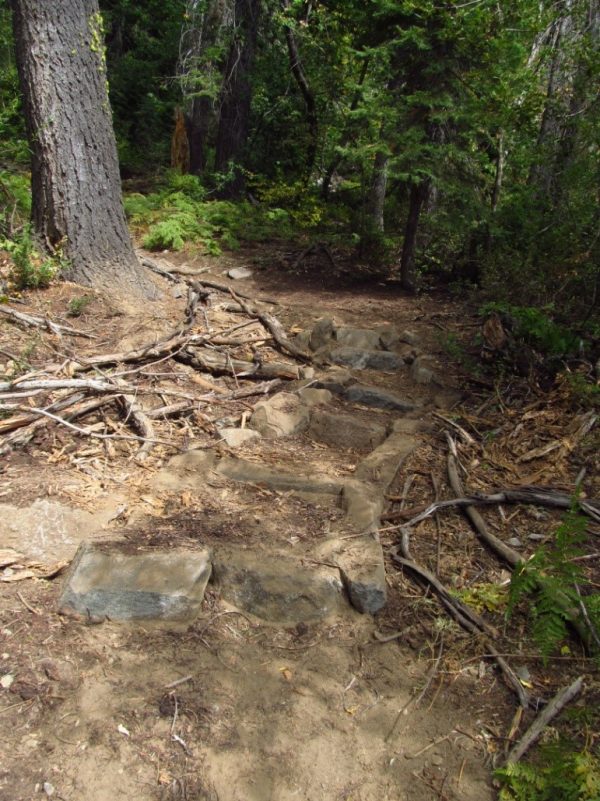
Trail crews also carefully orient stones along the way so their weathered faces are visible, again giving the appearance the the trail is aged and worn. Old logs and other staged bits of nature along the sides of trails can help set the scene as well.
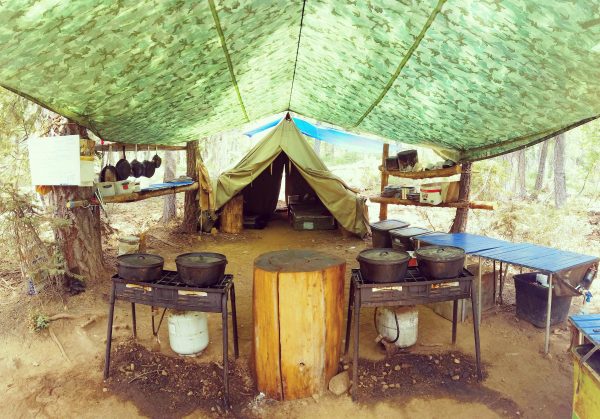
Trail crews and their equipment also have an impact, which likewise has to be addressed and minimized. As CCC Backcountry Cook and Trail Manager Kelly Kate Warren enumerates, crew camps can require a lot of stuff: “huge tarps for shelter, a wall tent for the kitchen, a latrine, a fire pit, grey water disposal, and tents to house 20 people.”
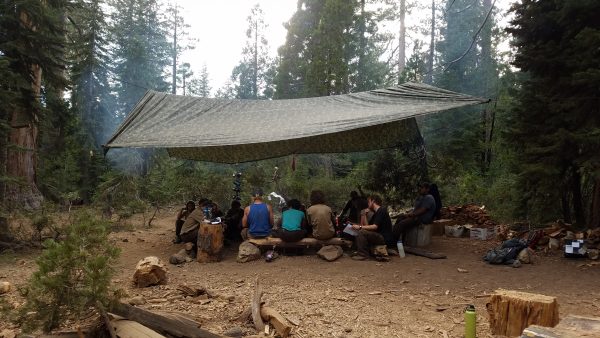
Again, though, there are tricks for minimizing this impact. Warren explains that her crews use camouflage-print tarps. They also tie back brush rather than cutting it and set their own working trails to limit their footprint — these and similar approaches make it easier to erase signs of their presence as they depart. Some of these camps stay put for entire seasons while others move around, building, reconstructing and expanding trail networks along the way.
The Reverse Dog Departure
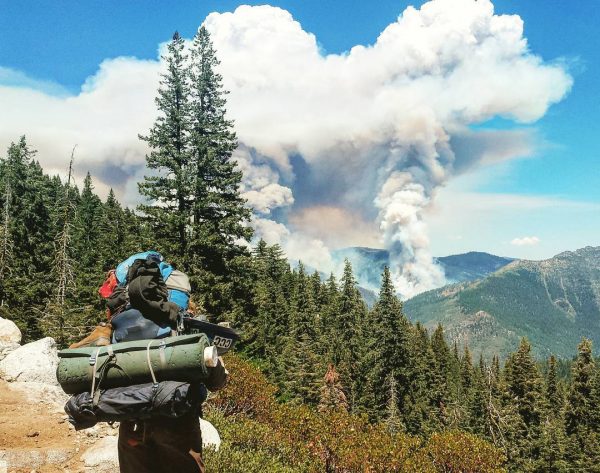
McFadin also has a device to help crews put a “leave no trace” ethos into practice on an individual and site-to-site basis, which he calls the “Reverse Dog Departure.” Basically: when a dog is getting ready to lay down, it circles a spot, looking it over. In reverse, the idea is just as simple: when leaving a wilderness area after a break, make a few circles “to make sure you haven’t dropped any indicators of your presence” like a wrapper or something else from your pocket or pack. “The final act of reverse dog departure would be to use the toe of your boot to smooth out your butt print and heel prints if the dirt is soft.”
Before (left) and after (right) images of two sites rehabilitated following visitor use by Wilderness Patrol workers, images courtesy of Mike McFadin
Of course, there is a whole other layer of invisible activity that goes into picking up after visitors who come to use trails. Crews of Wilderness Patrol workers who scour parks are critical to that rich wilderness experience more and more Americans are seeking to enjoy. And with growth in popularity comes new and bigger challenges.
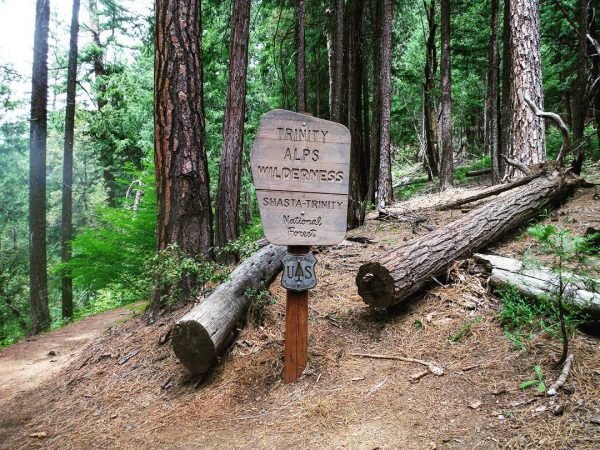
Warren points out that state and national parks and trails are seeing more visitors these days than ever before. But while surrounding businesses and big brands reap huge profits from this trend, many key government agencies continue to struggle for resources, lacking the funding and workforce to execute the difficult (but essential) tasks of creating and maintaining parks and paths. Raising prices for permits could increase funds, but would also disproportionately impact those who already find the wilderness less affordable and accessible.
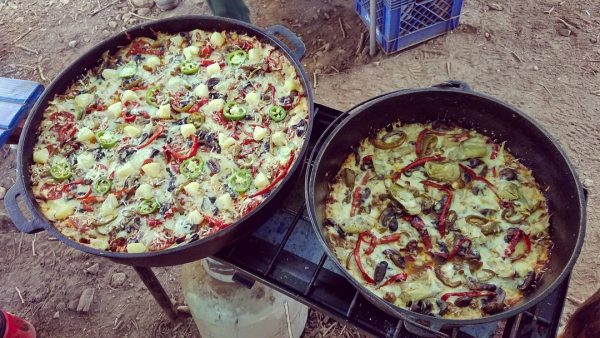
While federal and state governments work to figure out big-picture solutions to these and other problems facing parks and trails, Warren aims to do her part this summer while hiking the Pacific Crest Trail. On her journey, she will be raising funds for Women in the Wilderness, a nonprofit organization that “gets women from marginalized communities into the Wilderness to learn backpacking skills and about jobs available in public lands management.” She will also be teaching cooking classes for trail crews and other nonprofits along the way.

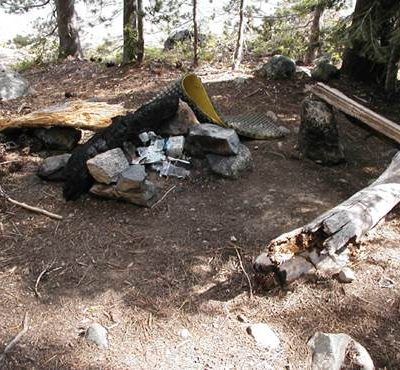
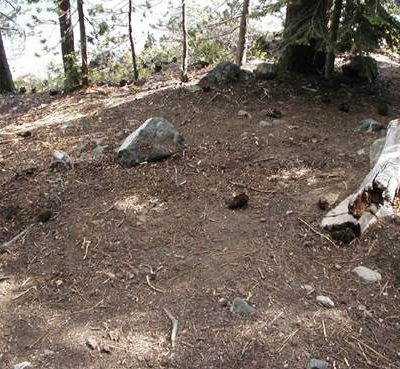
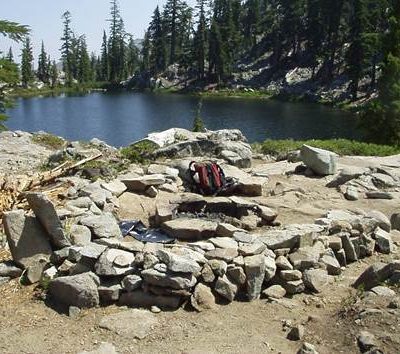
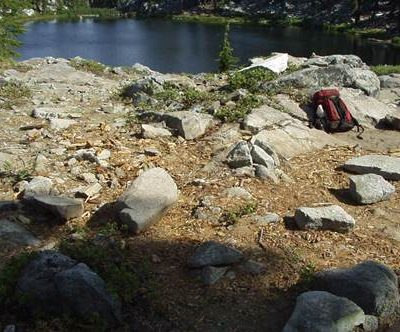



Comments (4)
Share
I loved this series. It makes you want to help a local park crew. I’d love to learn about the process in more detail, such as the part about flagging parts of the trail as ‘don’t touch/edit’.
Agreed! I could sit through a whole book on this topic with enthusiasm.
I really loved this and part 1, as an Australian outdoors enthusiast, I’m sure its similar in our National Parks here.
ParksVic has some interesting information on their website (you may have to go hunting in their publications page for details, but the top level site has some good overviews) – including around Fire Management (which I’d love to see a series on as well).